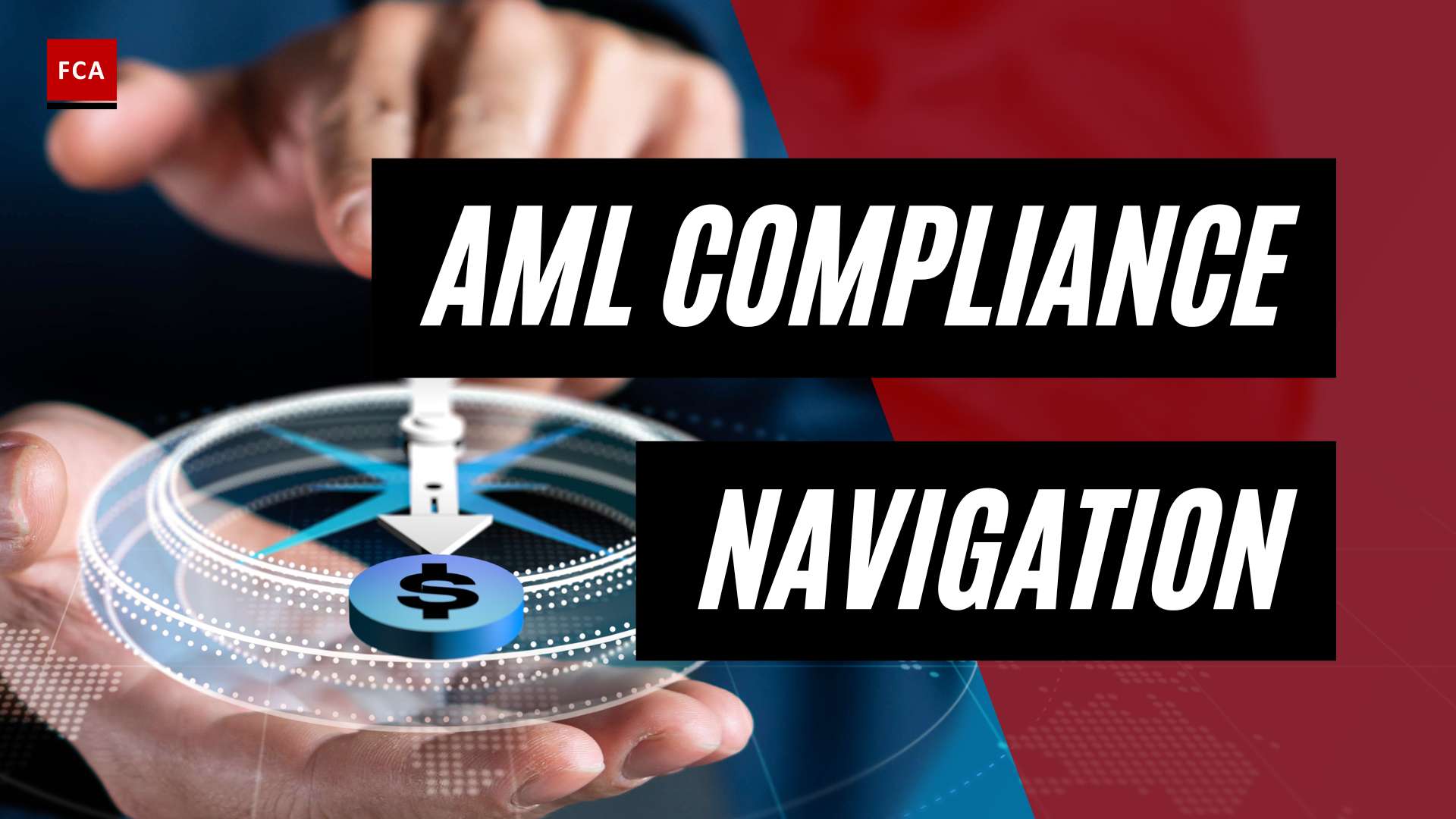The development and implementation of TBML policies and procedures involves the exploitation of trade transactions to launder illicit funds. Trade-Based Anti-Money Laundering or TBML compliance program is of different interrelated components that together form a set of rules and principles for the board and management to ensure that they form relevant policies and processes to prevent the occurrence of financial crime.
The Development and Implementation of TBML Policies and Procedures
The broader components of the program include:
- Strong compliance culture and tone from the top
- Development of effective and relevant TBML compliance policies and processes
- Hiring of a dedicated Trade-Based Anti-Money Laundering Officer or TBMLRO
- Performance of financial crime risk assessment to identify different categories of financial crime risks with their relevant impacts on the entity’s system and reputation
- Education and training of employees regarding the identification, understanding, and prevention of trade-based ML/TF risks

The obligation to prevent ML/TF risks by management and all employees, the executive leadership, and the members of governance are required to develop and implement the relevant trade compliance-related policies, procedures, and internal controls. Applying trade compliance policies, procedures, and controls helps prevent trade-related ML/TF risks and ensures that trade-related regulatory compliance requirements are identified and followed by the employees responsible for handling and processing the trade and export transactions.
Trade compliance policies, procedures, and controls must be appropriately defined by the management and reviewed by the board of directors, considering the ML/TF risks to which the organization is exposed. To define the framework, the board must understand the structure, complexity of products and services, customer jurisdictions, and other operational aspects. These must be understood because ML/TF risks also relate to these factors.
Setting zero tolerance level concerning customers, suppliers, employees, contractors, or other third parties and all transactions related to financial crime, including failing to comply with the requirements and principles established in this framework.
Trade compliance policies, procedures, and controls are prepared based on the risk-based approach to prioritize the trade-related ML/TF risks and apply the relevant trade compliance controls to fight against ML/TF through the following:
- Establishing requirements and designing controls based on their demonstrated ability to identify and mitigate the specific trade-related ML/TF risks faced by the organization; and
- Providing highly useful information on ML/TF activities to relevant competent authorities as prescribed by them.

Financial institutions should emphasize the overall trade-related risks in their AML/CTF policy and relevant trade business guidelines, policies, and procedures. Such policies and procedures should, among other things, specify the following:
- Screening procedure of customers for trade transactions
- Procedure for identifying and monitoring trade transactions with a related party
- Procedure for complete risk profiling of customers in or intending to deal in trade
- Procedure for developing a financial institution’s own risk profile
- Procedure for verifying underlying contracts’ prices related to importing or exporting goods or services
- Procedure for handling unclear, coded, or worded descriptions in a language other than English
- Screening procedure of goods being traded as per relevant trade policy
- Procedure for identification of dual use of goods such as:
- Import or export licensing requirement
- Identification of end usage and end user
- Focus on counterparties
- Goods screening from UNSC Resolutions

Final Thoughts
Implementing effective TBML policies and procedures is an ongoing process that requires commitment and resources from the organization. However, it is crucial to prevent the exploitation of trade transactions for money laundering purposes and to maintain the integrity of the financial system.









